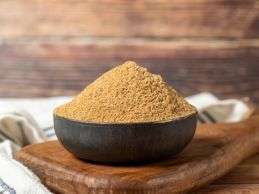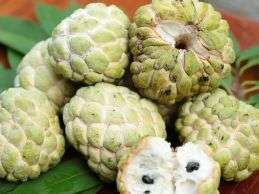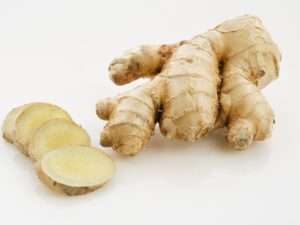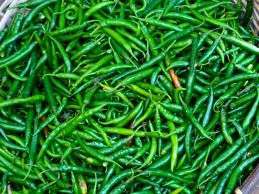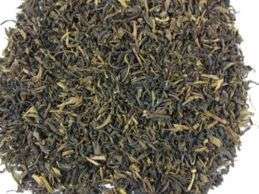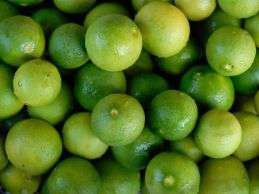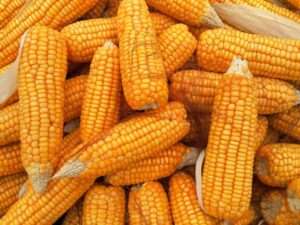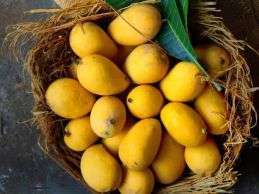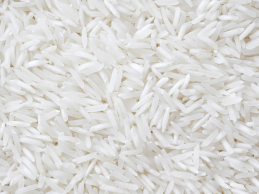Ginger
Maize
Mangos
Non Basmati IR 64 5% Broken rice
India boasts a diverse array of non-Basmati rice varieties, each prized for unique characteristics suited to a wide range of culinary applications:
1. Sona Masuri (or Sona Mahsuri)
- Region: Primarily cultivated in Andhra Pradesh and Karnataka.
- Features: Medium-grain, lightweight, aromatic, and low in starch.
- Uses: Perfect for everyday cooking, prominent in South Indian cuisine for dishes like Pongal, Idli, and Biryani.
2. Ponni Rice
- Region: Mainly from Tamil Nadu and Karnataka.
- Features: Medium-grain, soft texture, easily digestible.
- Uses: Commonly used in South Indian cuisine, ideal for steamed rice, Idli, and Dosa batter.
3. Gobindobhog
- Region: Cultivated in West Bengal.
- Features: Short-grain, aromatic, sticky texture.
- Uses: Essential for traditional Bengali dishes like Khichuri and Payesh (rice pudding).
4. Matta Rice (or Kerala Red Rice)
- Region: Native to Kerala.
- Features: Reddish color, coarser texture, rich in fiber.
- Uses: Popular in Kerala cuisine, used in traditional meals and alongside curries.
5. Kolam Rice
- Region: Grown in Maharashtra and Gujarat.
- Features: Medium-grain, soft, non-sticky after cooking.
- Uses: Staple in Western Indian diets, suitable for steamed rice and various rice-based dishes.
6. IR-64 Rice
- Region: Cultivated widely across multiple states.
- Features: Long-grain, economical, less aromatic.
- Uses: Versatile for domestic consumption and export markets, utilized in everyday meals and processed foods.


